Enhance crop yield by unraveling the intricacies of bolting in plants through strategic agricultural practices. Discover effective bolting management techniques to curb premature flowering and seeding in crops and vegetables. Explore the root causes of plant bolting and implement targeted interventions.
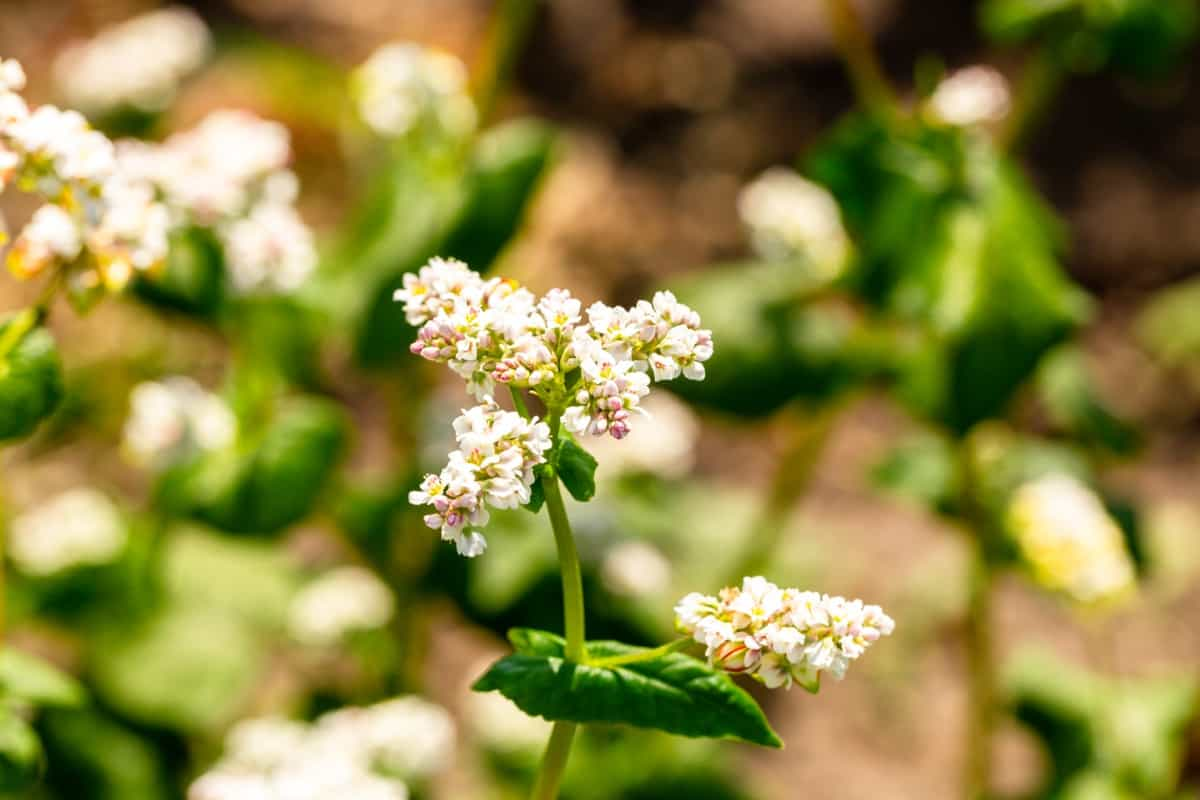
Delve into the impact of temperature and photoperiod on bolting, optimizing these factors for optimal plant growth. Unearth anti-bolting strategies in farming, with a focus on leafy greens and Brassicas. Embrace organic bolting prevention methods, considering hydroponics and soil pH. Identify bolting-resistant crop varieties to fortify your agricultural endeavors. Elevate your cultivation expertise with this comprehensive guide on bolting management in plants.
Bolting Management in Plants
What is Bolting Management in Plants?
Bolting management in plants is the practice of preventing or delaying the premature flowering and seed production of plants, especially leafy vegetables and herbs. Bolting occurs when plants shift their energy from growing the desired crop to reproduction, usually in response to stress or unfavorable conditions.
Bolting can reduce the quality and quantity of the harvest as the plants become bitter, tough, or woody. Therefore, bolting management aims to provide optimal growing conditions and care for the plants to extend their vegetative phase and prolong their harvest period.
Effective Techniques for Delaying Bolting in Leafy Vegetables
Leafy vegetables like lettuce, spinach, kale, arugula, and bok choy are highly susceptible to bolting. To delay bolting, it is recommended to use bolt-resistant cultivars, sow them at the right time, provide shade and mulch, water them regularly and deeply, and harvest them frequently and early. Bolt-resistant lettuce cultivars include ‘Jericho,’ ‘Nevada,’ ‘Winter Density,’ and ‘Salad Bowl.’
Leafy vegetables prefer temperatures between 10°C and 20°C, so sowing them early in spring or late in summer can help avoid the heat of midsummer. Providing shade and mulch can reduce exposure to high temperatures and intense sunlight, while regular and deep watering can prevent water stress and leaf wetness. Lastly, harvesting leafy vegetables frequently and early can encourage new growth and delay bolting. Cut-and-come-again harvesting, a method of harvesting only a few leaves at a time, can extend the harvest period to several weeks.
The Role of Temperature and Light in Plant Bolting
Plant bolting is influenced by temperature and light, which are key environmental factors. Temperature affects plant metabolism, hormone levels, gene expression, and enzyme activity. Cool-season crops bolt when exposed to high temperatures, while warm-season crops bolt when exposed to low temperatures. Light affects the plant’s circadian rhythm, photoperiodism, and photosynthesis.
In case you missed it: Apple Scab Management: Disease Cycle, Spray Schedule, Fungicides, Control and Prevention Strategies
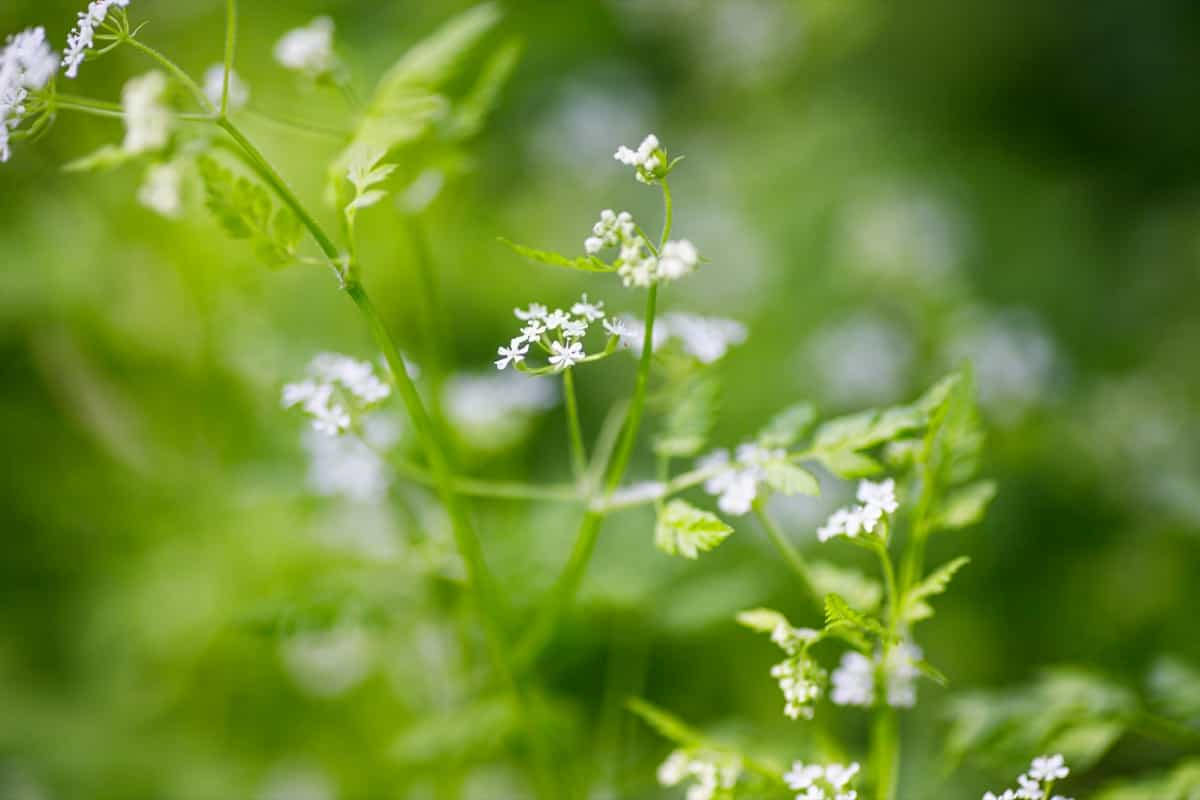
The circadian rhythm regulates daily activities, while photoperiodism responds to changes in day length. Photosynthesis converts light energy into chemical energy. Short-day crops bolt when exposed to long days, while long-day crops bolt when exposed to short days. For example, spinach bolts when the day length exceeds 14 hours, while onion bolts when the day length is less than 12 hours. In summary, temperature and light play significant roles in plant bolting, with different plants having varying requirements for optimal growth and development.
Bolting in Brassicas: Causes and Controls
Brassicas are plants belonging to the mustard family and are cool-season crops that prefer temperatures between 10°C and 20°C. They are biennial crops that require exposure to cold temperatures for flowering in their second year of growth. Bolting in brassicas occurs when they flower prematurely in their first year due to stress or unfavorable conditions. Common causes of bolting include high temperatures, long days, transplant shock, and insect damage.
To control bolting in brassicas, it is recommended to choose bolt-resistant cultivars, sow them at the right time, provide shade and mulch, water regularly and deeply, harvest frequently and early, and control insect pests. Some bolt-resistant broccoli cultivars include ‘Green Magic,’ ‘Gypsy,’ ‘Marathon,’ and ‘Packman.’ Sowing brassicas early in the spring or late in the summer is crucial to avoid heat and long days of midsummer that can cause bolting.
Provided shade and mulch can help reduce exposure to high temperatures and intense sunlight, keep the soil cool and moist, and suppress weeds. Drip irrigation or soaker hoses are preferred over overhead watering as they reduce water loss and leaf wetness. Haring brassicas frequently and early can encourage new growth and delay bolting. For example, broccoli can be harvested multiple times by cutting off the main head and leaving side shoots to regrow.
In contrast, cauliflower can be harvested when curds are compact and white before they start to separate and turn yellow. Insect pests should be inspected regularly for signs of damage and treated accordingly using organic methods such as row covers, sticky traps, insecticidal soap, neem oil, or beneficial insects.
Organic Methods to Manage Bolting in Herb Gardens
Herbs are plants known for their culinary, medicinal, or aromatic properties. They are grown for their leaves, stems, flowers, or seeds. Bolting in herbs occurs when they flower prematurely and produce seeds before harvesting, reducing their flavor and yield. To manage to bolt in herb gardens, organic methods include choosing bolt-resistant cultivars, such as ‘Genovese,’ ‘Nufar,’ ‘Aroma,’ and ‘Eleonora.’ Sowing at the right time is also crucial, as herbs have different temperature and light preferences for optimal growth and development. Cool-season crops like parsley and cilantro prefer temperatures between 10°C-20°C short days.
In case you missed it: Beetle Management in Plants: Control and Prevention Strategies
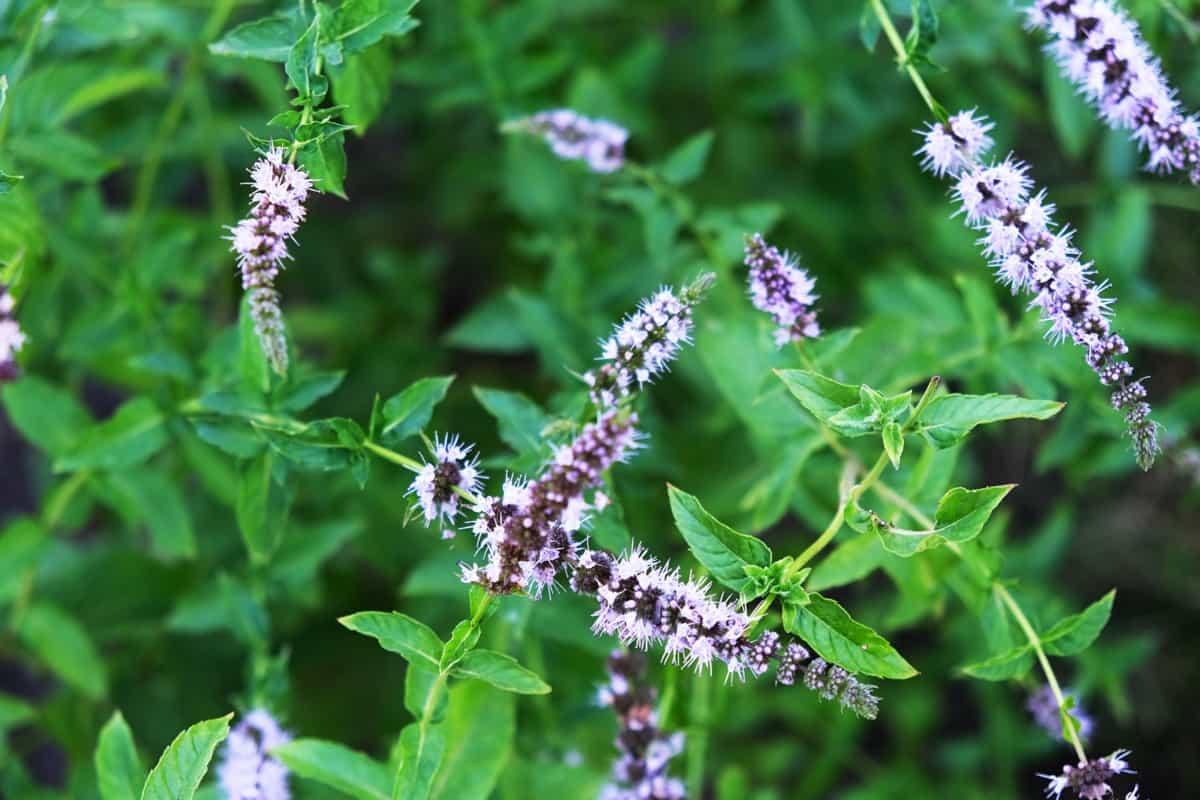
Bolting in Lettuce: Identifying Signs
Bolting is the producting flowering stem in plants before harvest, often caused by stress factors like high temperatures, long days, or water shortages. This reduces the quality and quantity of edible parts, such as lettuce leaves. Signs of bolting include a small bud or shoot in the center, elongation of the stem, changes in leaf shape, size, and color, and an increase in bitterness and toughness. Regular monitoring is crucial to identify bolting in lettuce, as early detection may allow for harvesting before it becomes too bitter or tough.
The Impact of Nutrient Management on Plant Bolting
Nutrient management is crucial for plant bolting, as it can influence the growth and quality of crops. Excessive nitrogen can promote vegetative growth, leading to delayed bolting, while deficiency can reduce plant vigor and induce early bolting.
Phosphorus is essential for energy transfer and root development, but too much can stimulate flowering and bolting, especially in long-day plants. Phosphorus deficiency can impair growth and increase stress susceptibility. Potassium, involved in water regulation and enzyme activation, can cause water stress and bolting. Low levels can reduce water uptake and interfere with calcium absorption, leading to calcium deficiency and cell wall instability.
Water Stress and Plant Bolting
Water stress is another factor that can induce plant bolting. Water stress occurs when the water demand for plants exceeds the water supply to the soil or the environment. Water stress can be caused by drought, high temperature, low humidity, high salinity, or poor irrigation practices.
- Altering the hormonal balance of the plant, especially ethylene and abscisic acid, which are involved in flowering and senescence
- Reducing the photosynthetic rate and carbohydrate production, which are needed for vegetative growth and delay flowering
- Increasing the respiration rate and oxidative stress, which can damage plant cells and accelerate aging
- Affects the expression of genes related to flowering and bolting, such as FLOWERING LOCUS T (FT) and CONSTANS (CO)
To avoid or minimize bolting due to water stress, it is essential to provide adequate water to the plants throughout their growth cycle. This can be achieved by using mulch, drip irrigation, rain barrels, or other water conservation methods.
Preventing Premature Bolting in Spinach
Spinach cool-season crop that prefers temperatures between 10°C and 24°C. When exposed to higher temperatures or longer day lengths, spinach tends to bolt prematurely, resulting in reduced yield and quality. Bolting in spinach is mainly controlled by genetic factors, but environmental factors can also influence its timing and severity.
- Choosing bolt-resistant varieties that have low sensitivity to temperature or day length
- Sowing spinach seeds early in spring or late in summer to avoid high temperatures or long days during the growing season
- Providing shade or row covers to reduce heat stress and light intensity
- Harvesting spinach leaves frequently and young to prevent flower stalk formation
- Applying adequate nitrogen fertilizer to promote leaf growth and delay flowering
In case you missed it: Tomato Hornworm Management: Overview, Control, Prevent Five-spotted Hawk Moth
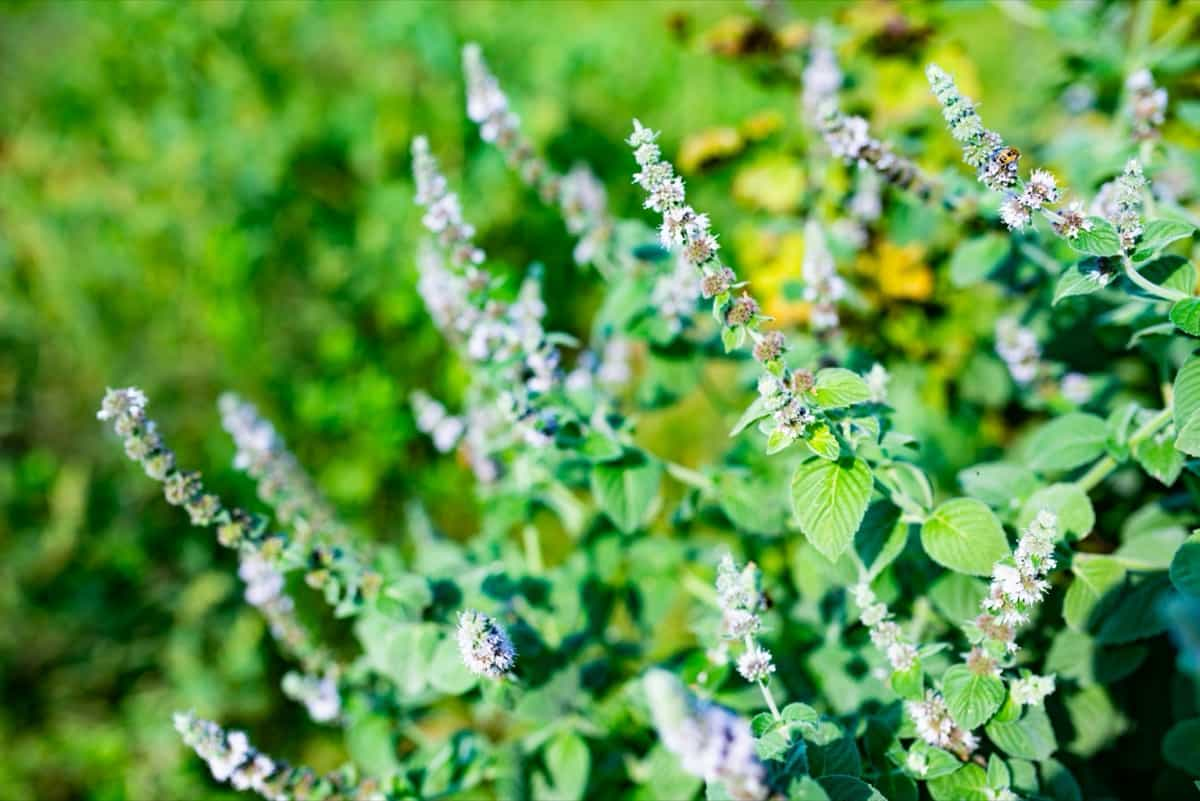
Genetic Approaches to Reduce Bolting in Crop Plants
Bolting is a complex trait involving multiple genes and pathways. Understanding its molecular mechanisms can help breeders develop new varieties with reduced bolting or delayed flowering. Marker-assisted selection (MAS) uses molecular markers linked to genes or quantitative trait loci to select plants with desired traits.
Genetic engineering (GE) uses biotechnology tools to introduce or modify genes regulating bolting or flowering. Overexpressing or silencing genes like FT, CO, FLOWERING LOCUS C, or TFL1 can alter flowering time and bolting behavior. Genome editing (GE) uses molecular scissors like CRISPR-Cas9 to precisely edit the DNA sequence of genes controlling bolting or flowering, creating new alleles or variants with different effects on bolting or flowering.
Seasonal Variations and Bolting in Plants
Seasonal variations refer to the changes in environmental conditions that occur throughout the year, such as temperature, day length, rainfall, and humidity. Seasonal variations can affect plant growth and development, especially bolting and flowering. Depending on the type of plant, seasonal variations can either promote or inhibit bolting and flowering.
Long-day plants: Long-day plants are plants that flower when the day length exceeds a certain threshold, usually more than 12 hours. Long-day plants include spinach, lettuce, wheat, barley, and potato. Long-day plants tend to bolt and flower in late spring or early summer when the days are the longest.
Short-day plants: Short-day plants are plants that flower when the day length falls below a certain threshold, usually less than 12 hours. Short-day plants include rice, soybean, cotton, chrysanthemum, and poinsettia. Short-day plants tend to bolt and flower in late summer or early autumn when the days are shortest.
Day-neutral plants: Day-neutral plants are plants that flower regardless of the day length. Day-neutral plants include tomato, cucumber, corn, sunflower, and strawberry. Day-neutral plants can bolt and flower at any time of the year, depending on other factors such as temperature and water availability.
Bolting in Hydroponic Systems
Hydroponics method of growing plants without soil, using a nutrient solution that provides essential elements for plant growth. It offers advantages over conventional soil-based cultivation, such as higher yield, better quality, less water use, fewer pest and disease problems, and more control over environmental conditions. However, hydroponics also has challenges, such as bolting in some crops.
In case you missed it: Citrus Fertilizer Management: Nutrient Requirements and Application Schedule
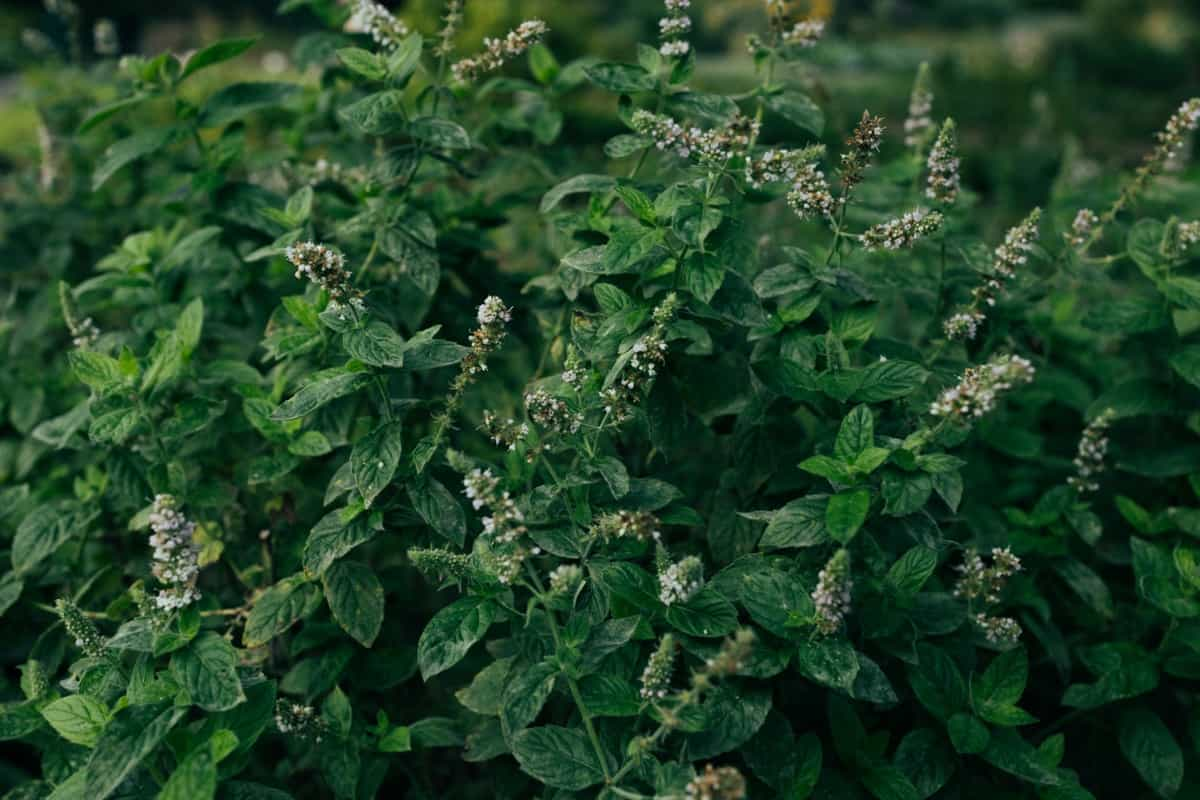
High temperatures can induce bolting in heat-sensitive crops like lettuce and spinach, so it’s important to maintain the optimal temperature range and use cooling systems if necessary. High light intensity can stimulate bolting in long-day crops, so shading materials or artificial lighting can be used to adjust light duration and intensity.
High electrical conductivity (EC) can cause water stress and nutrient imbalance, leading to bolting. Low pH, which measures the acidity or alkalinity of the nutrient solution, can affect the availability and uptake of nutrients by plants, causing nutrient deficiency and stress, which can trigger bolting. Regular pH checks and corrections are necessary to prevent these issues.
Soil pH and Its Effect on Bolting in Plants
Bolting is the premature flowering and seed production of plants, reducing their quality and yield. Soil pH, measure soil acidity or alkalinity, affects nutrient availability and plant growth. Most plants prefer slightly acidic to neutral soils (pH 6.0 to 7.0). Extreme soil pH can stress plants and trigger bolting, especially in sensitive crops like lettuce, spinach, and cabbage. To prevent bolting, regular soil testing and amendment with lime or sulfur can help adjust the pH level.
Photoperiod Sensitivity and Bolting
Photoperiod refers to the length of day and night exposure to plants, which affects their flowering and fruiting cycles. Some plants are photoperiod sensitive, bolting when the days exceed a certain threshold. For instance, spinach and lettuce bolt when the day length exceeds 14 hours, while onions and garlic bolt when the day length falls below 10 hours. To prevent bolting, choose plants adapted to your climate and planting season, or use row covers or shade cloth to control light exposure.
Best Practices for Seedling Care to Avoid Early Bolting
Seedling care is crucial to prevent early bolting, as young plants are more susceptible to stress and environmental changes. Best practices include sowing seeds at the right depth and spacing, watering regularly to maintain soil moisture, fertilizing with a balanced organic fertilizer, and hardening off before transplanting to avoid transplant shock. These measures help prevent overcrowding, competition, drought stress, and nutrient deficiencies.
The Impact of Temperature Fluctuations on Bolting in Plants
Temperature fluctuations can cause bolting in plants due to their impact on metabolism and hormone balance. High temperatures can accelerate growth, leading to early flowering and seed production. Low temperatures can induce vernalization, preparing plants for flowering after cold exposure. Sudden temperature changes can stress plants and trigger bolting during critical growth stages. To prevent bolting, choose heat or cold-tolerant varieties or use mulch, row covers, or greenhouses to moderate soil and air temperature.
In case you missed it: Pest Management in Paddy at Panicle Initiation Stage: Best Pest Control Strategies
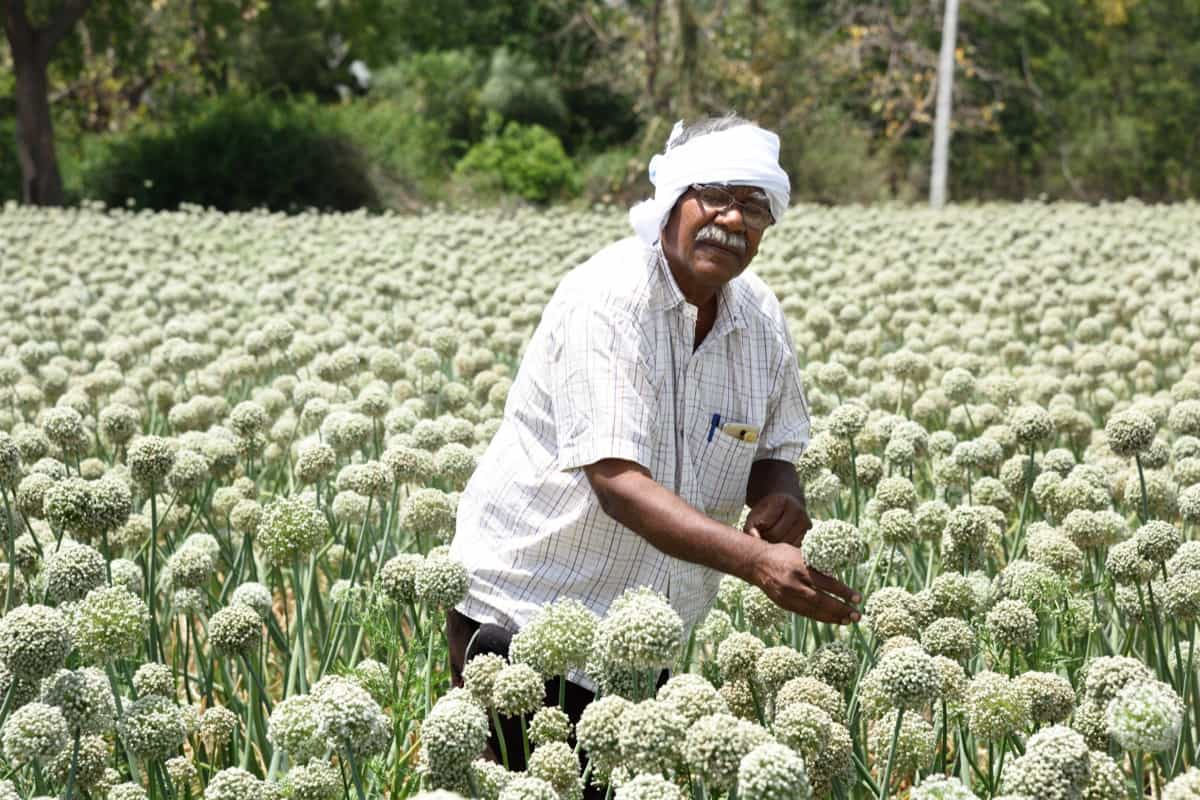
Natural Remedies for Controlling Bolting
Bolting in plants can be controlled using natural remedies such as pinching off flower buds or stalks, harvesting frequently and generously, and pruning or thinning out leaves or branches. These methods prevent seed formation, divert energy back to leaves or roots, stimulate new growth, delay flowering, and reduce plant size, ultimately extending the harvest period. These natural remedies can help extend the harvest period and improve plant health.
Conclusion
Mastering bolting management is vital for maximizing crop yield. Addressing root causes, optimizing temperature and photoperiod, and implementing anti-bolting techniques are key. Embracing organic methods and selecting bolting-resistant varieties further ensures successful prevention.
- Types of Pesticides Used in Agriculture: A Beginner’s Guide
- Economical Aquaculture: A Guide to Low-Budget Fish Farming
- 15 Common Planting Errors That Can Doom Your Fruit Trees
- How to Make Houseplants Bushy: Effective Tips and Ideas
- Innovative Strategies for Boosting Coconut Pollination and Yield
- Pollination Strategies for Maximum Pumpkin Yield
- The Complete Guide to Chicken Fattening: Strategies for Maximum Growth
- Natural Solutions for Tulip Problems: 100% Effective Remedies for Leaf and Bulb-Related Issues
- Revolutionizing Citrus Preservation: Towards a Healthier, Greener Future
- Natural Solutions for Peony Leaf and Flower Problems: 100% Effective Remedies
- Maximizing Profits with Avocado Contract Farming in India: A Comprehensive Guide
- Natural Solutions for Hydrangea Problems: 100% Effective Remedies for Leaf and Flowers
- The Ultimate Guide to Choosing the Perfect Foliage Friend: Bringing Life Indoors
- From Sunlight to Sustainability: 15 Ways to Use Solar Technology in Agriculture
- The Ultimate Guide to Dong Tao Chicken: Exploring from History to Raising
- The Eco-Friendly Makeover: How to Convert Your Unused Swimming Pool into a Fish Pond
- Mastering the Art of Delaware Chicken Farming: Essentials for Healthy Backyard Flocks
- 20 Best Homemade Fertilizers for Money Plant: DIY Recipes and Application Methods
- How to Craft a Comprehensive Free-Range Chicken Farming Business Plan
- Brighten Your Flock: Raising Easter Egger Chickens for Beauty and Bounty
- How to Optimize Your Poultry Egg Farm Business Plan with These Strategies
- Subsidy for Spirulina Cultivation: How Indian Government Schemes Encouraging Spirulina Farmers
- Ultimate Guide to Raising Dominique Chickens: Breeding, Feeding, Egg-Production, and Care
- Mastering the Art of Raising Jersey Giant Chickens: Care, Feeding, and More
- Ultimate Guide to Raising Legbar Chickens: Breeding, Farming Practices, Diet, Egg-Production
- How to Raise Welsummer Chickens: A Comprehensive Guide for Beginners
- How to Protect Indoor Plants in Winter: A Comprehensive Guide
- Ultimate Guide to Grow Bag Gardening: Tips, Tricks, and Planting Ideas for Urban Gardeners
- Guide to Lotus Cultivation: How to Propagate, Plant, Grow, Care, Cost, and Profit
- Agriculture Drone Subsidy Scheme: Government Kisan Subsidy, License, and How to Apply Online
- Ultimate Guide to Raising Araucana Chickens: Breed Profile, Farming Economics, Diet, and Care
- Bringing Hydroponics to Classroom: Importance, Benefits of Learning for School Students
- Ultimate Guide to Raising Polish Chickens: Breed Profile, Farming Economics, Diet, and Care
- Ultimate Guide to Raising Australorp Chickens: Profile, Farming Economics, Egg Production, Diet, and Care
- Silkie Chicken Farming: Raising Practices, Varieties, Egg Production, Diet, and Care
- Sussex Chicken Farming: Raising Practices, Varieties, Egg Production, Diet and Care